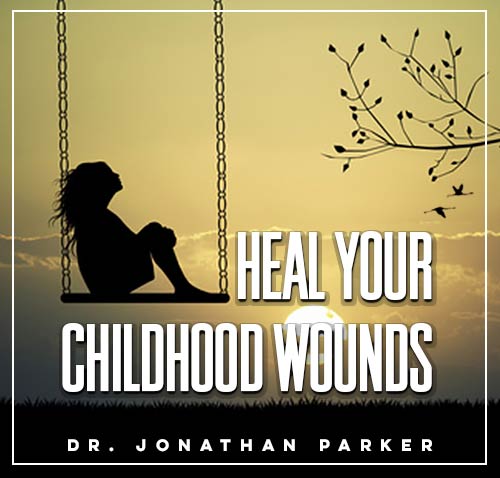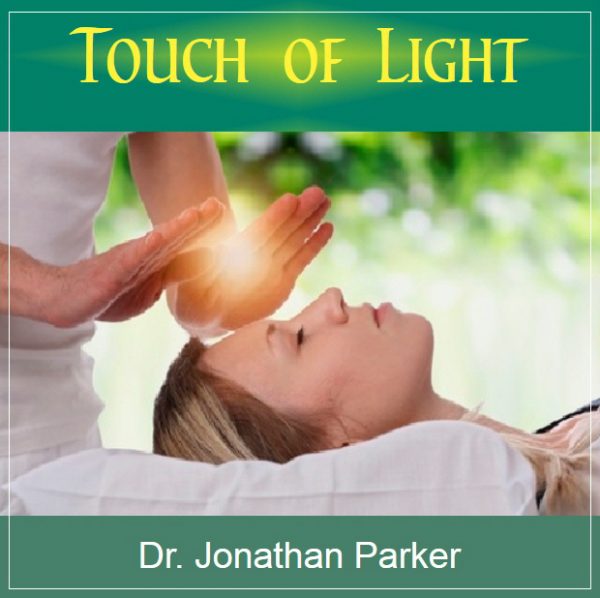How to Heal Childhood Trauma

Before diving in, please note: This post is for informational purposes only. If you’d like to know more about how we approach topics, feel free to check out our friendly Disclaimer Page.
Hey there, amazing readers! 🖐️ Just a quick note: yes, we know there are a lot of ads here. Trust us, we get it—it’s not the prettiest look, but they help us keep this blog alive and kicking. Those pesky little ads cover the costs of all the behind-the-scenes magic, from hosting and tech stuff to creating content we hope you’ll love.
We’re committed to delivering quality posts, and your support (even just sticking around despite the ads) means everything to us. So, bear with us, and thanks for helping us keep the good vibes rolling. Now, on to the fun stuff! 😉
TRANSLATE BUTTON AT THE END OF THE ARTICLE
Understanding Childhood Trauma
Childhood trauma refers to experiences that are emotionally distressing or harmful in a person’s early years.
These experiences can have long-lasting effects on an individual’s mental, emotional, and physical well-being.
Trauma can result from various factors such as abuse, neglect, witnessing violence, or any other form of adversity during childhood.
Understanding childhood trauma is crucial in order to begin the healing process effectively.
It is essential to recognize that childhood trauma can manifest differently in each individual.
Some common signs of childhood trauma include:
Difficulty regulating emotions: Individuals may have intense emotional reactions or struggle to control their feelings.
Avoidance behaviors: People may avoid situations or places that remind them of the traumatic event.
Hyperarousal: This can manifest as being easily startled, having difficulty concentrating, or experiencing sleep disturbances.
Recognizing the Signs of Trauma
Recognizing the signs of trauma is the first step towards healing.
It is essential to pay attention to any changes in behavior, emotions, or physical health that may indicate unresolved trauma.
Some signs to look out for include:
Flashbacks or intrusive memories: Individuals may relive the traumatic event through intrusive thoughts or nightmares.
Social withdrawal: People may isolate themselves from others or have difficulty forming and maintaining relationships.
Physical symptoms: Trauma can manifest in physical ailments such as headaches, stomachaches, or chronic pain.
Seeking Professional Help
When dealing with childhood trauma, seeking professional help is crucial.
A mental health professional, such as a therapist or counselor, can provide the necessary support and guidance to navigate the healing process effectively.
Therapy can help individuals process their trauma, develop coping mechanisms, and work towards healing and recovery.
Building a Support System
Building a strong support system is essential for healing from childhood trauma.
Surrounding oneself with understanding and empathetic individuals can provide a sense of safety and validation.
Friends, family members, support groups, or online communities can offer emotional support and encouragement throughout the healing journey.
Practicing Self-Care
Practicing self-care is vital in healing from childhood trauma.
Engaging in activities that promote relaxation, mindfulness, and overall well-being can help individuals cope with the effects of trauma.
Some self-care practices may include:
Regular exercise: Physical activity can help reduce stress and improve mood.
Mindfulness meditation: Practicing mindfulness techniques can promote relaxation and emotional regulation.
Healthy eating: Eating a balanced diet can support overall well-being and mental health.
Engaging in Therapy
Therapy is a valuable tool in healing from childhood trauma.
Working with a qualified therapist can help individuals process their trauma, identify negative thought patterns, and develop healthier coping mechanisms.
Different therapeutic approaches, such as cognitive-behavioral therapy (CBT) or eye movement desensitization and reprocessing (EMDR), can be beneficial in addressing trauma-related issues.
Processing Traumatic Memories
Processing traumatic memories is a key aspect of healing from childhood trauma.
Discover "SUPERFOODS: The Key to Health and Balance🥗" 🌿🌺
Through therapy, individuals can explore and make sense of their past experiences, emotions, and reactions related to the trauma.
This process allows individuals to reframe their understanding of the traumatic event and work towards integrating it into their life story in a healthier way.
Learning Coping Skills
Learning effective coping skills is essential in managing the emotional and psychological effects of childhood trauma.
Coping mechanisms such as grounding techniques, deep breathing exercises, journaling, or engaging in creative outlets can help individuals regulate their emotions, reduce anxiety, and increase resilience in the face of triggers or distressing memories.
Establishing Boundaries
Establishing healthy boundaries is crucial in healing from childhood trauma.
Setting clear boundaries with others and oneself can help prevent retraumatization and promote a sense of safety and control.
Learning to assert one’s needs, communicate effectively, and recognize when boundaries are being crossed is an important aspect of the healing process.
Practicing Mindfulness Techniques
Mindfulness techniques can be beneficial in healing from childhood trauma.
Mindfulness involves being fully present in the moment, observing thoughts and emotions without judgment, and cultivating self-awareness and self-compassion.
Practicing mindfulness can help individuals manage stress, regulate emotions, and develop a greater sense of inner peace and resilience.
Expressing Emotions Through Art
Expressing emotions through art can be a powerful tool in healing from childhood trauma.
Engaging in creative activities such as painting, drawing, writing, or music can help individuals process their emotions, release pent-up feelings, and gain insight into their inner world.
Artistic expression can be a safe and cathartic way to explore and express complex emotions related to trauma.
Creating a Safe Environment for Healing
Creating a safe and nurturing environment is essential for healing from childhood trauma.
This includes establishing a physical space that feels secure and comforting, as well as cultivating emotional safety in relationships and interactions.
Providing oneself with opportunities for self-care, relaxation, and emotional expression can support the healing process and promote overall well-being.
Conclusion
Healing from childhood trauma is a complex and challenging journey that requires patience, self-compassion, and support.
By understanding the effects of trauma, recognizing the signs, seeking professional help, building a strong support system, practicing self-care, engaging in therapy, processing traumatic memories, learning coping skills, establishing boundaries, practicing mindfulness techniques, expressing emotions through art, and creating a safe environment for healing, individuals can begin to heal and reclaim their sense of well-being.
It is important to remember that healing is a process, and progress may not always be linear.
With dedication, resilience, and the right support system, individuals can overcome the effects of childhood trauma and lead fulfilling lives.

The Enlightenment Journey is a remarkable collection of writings authored by a distinguished group of experts in the fields of spirituality, new age, and esoteric knowledge.
This anthology features a diverse assembly of well-experienced authors who bring their profound insights and credible perspectives to the forefront.
Each contributor possesses a wealth of knowledge and wisdom, making them authorities in their respective domains.
Together, they offer readers a transformative journey into the realms of spiritual growth, self-discovery, and esoteric enlightenment.
The Enlightenment Journey is a testament to the collective expertise of these luminaries, providing readers with a rich tapestry of ideas and information to illuminate their spiritual path.
Our Diverse Expertise 🌟
While our primary focus is on spirituality and esotericism, we are equally passionate about exploring a wide range of other topics and niches 🌍📚. Our experienced team is dedicated to delivering high-quality, informative content across various subjects ✨.
To ensure we provide the most accurate and valuable insights, we collaborate with trusted experts in their respective domains 🧑🏫👩🏫. This allows us to offer well-rounded perspectives and knowledge to our readers.
Our blog originally focused on spirituality and metaphysics, but we’ve since expanded to cover a wide range of niches. Don’t worry—we continue to publish a lot of articles on spirituality! Frequently visit our blog to explore our diverse content and stay tuned for more insightful reads.







